Memories of My Zaragoza Trip

Hello friends. I’d like to share with you my trip to Zaragoza, the land of the Kingdom of Aragon. Getting to Zaragoza is quite easy. From Madrid a train ride of just 1 hour 15 minutes is enough. If you prefer driving it can take up to 3 hours. That’s why I strongly recommend the train.



We started our discovery of this city at the Aljafería Palace in Zaragoza the capital of Aragon. The palace was built in the second half of the 10th century by a Muslim ruler. According to sources it reflected the grandeur of its time and was therefore named Kasr al-Surur which means Palace of Joy. However these rulers didn’t stay here very long. In 1118 the territory was taken by Christians and for many years the kings of Aragon ruled from here.




Of course we went inside the palace but even its exterior is quite striking. It's surrounded by gloomy modern buildings from the 1980s and 90s that don’t have much charm. Because of this contrast it looks a bit odd but the palace exterior is still very attractive. It appears to have been rebuilt several times and was last restored after the Peninsular Wars when Napoleon arrived. We know for sure that the latest restoration was completed in 1985 and since then the Parliament of the Autonomous Region of Aragon has met here. Some of the modern buildings attached to the palace also belong to the parliament.

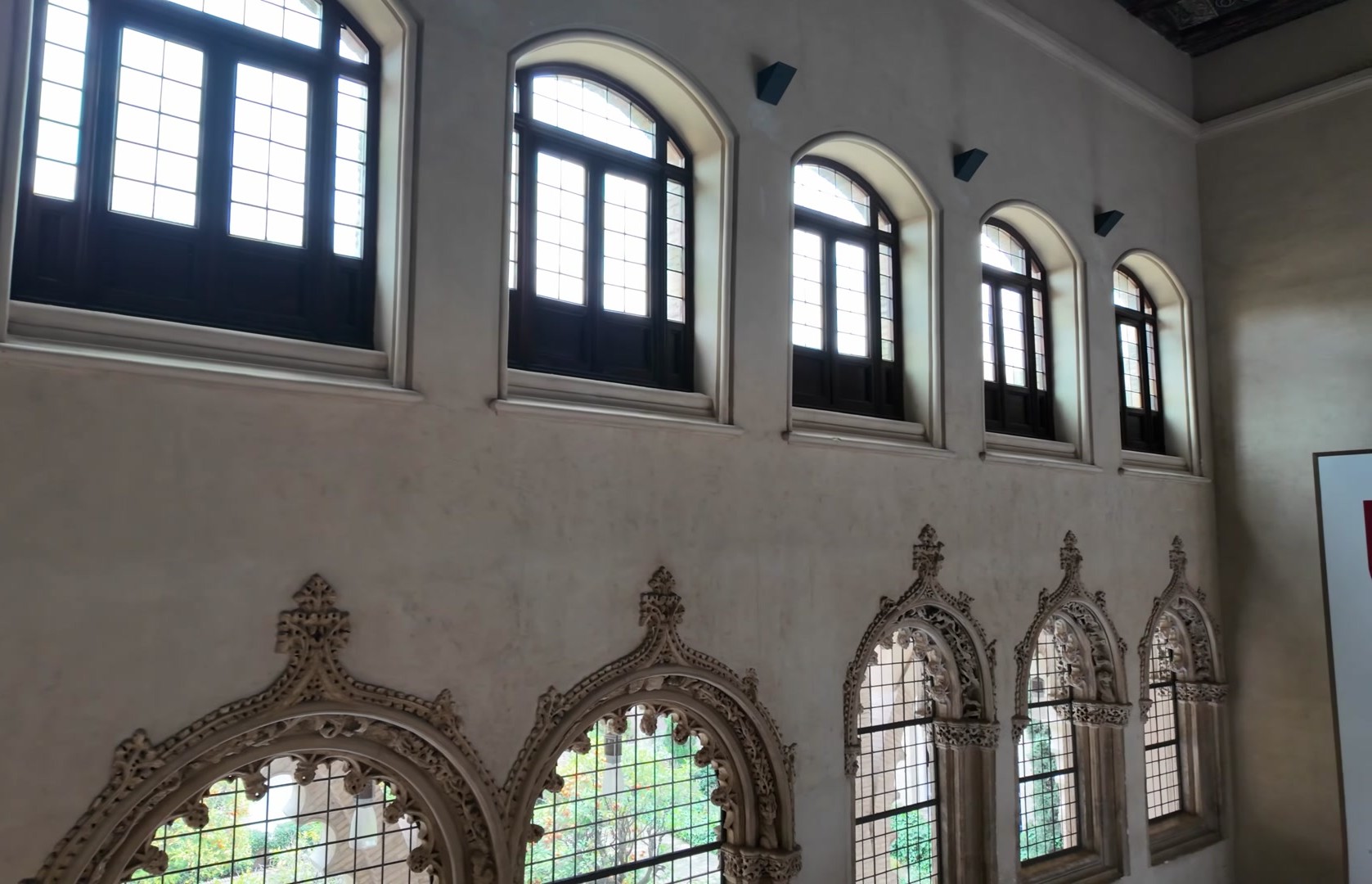

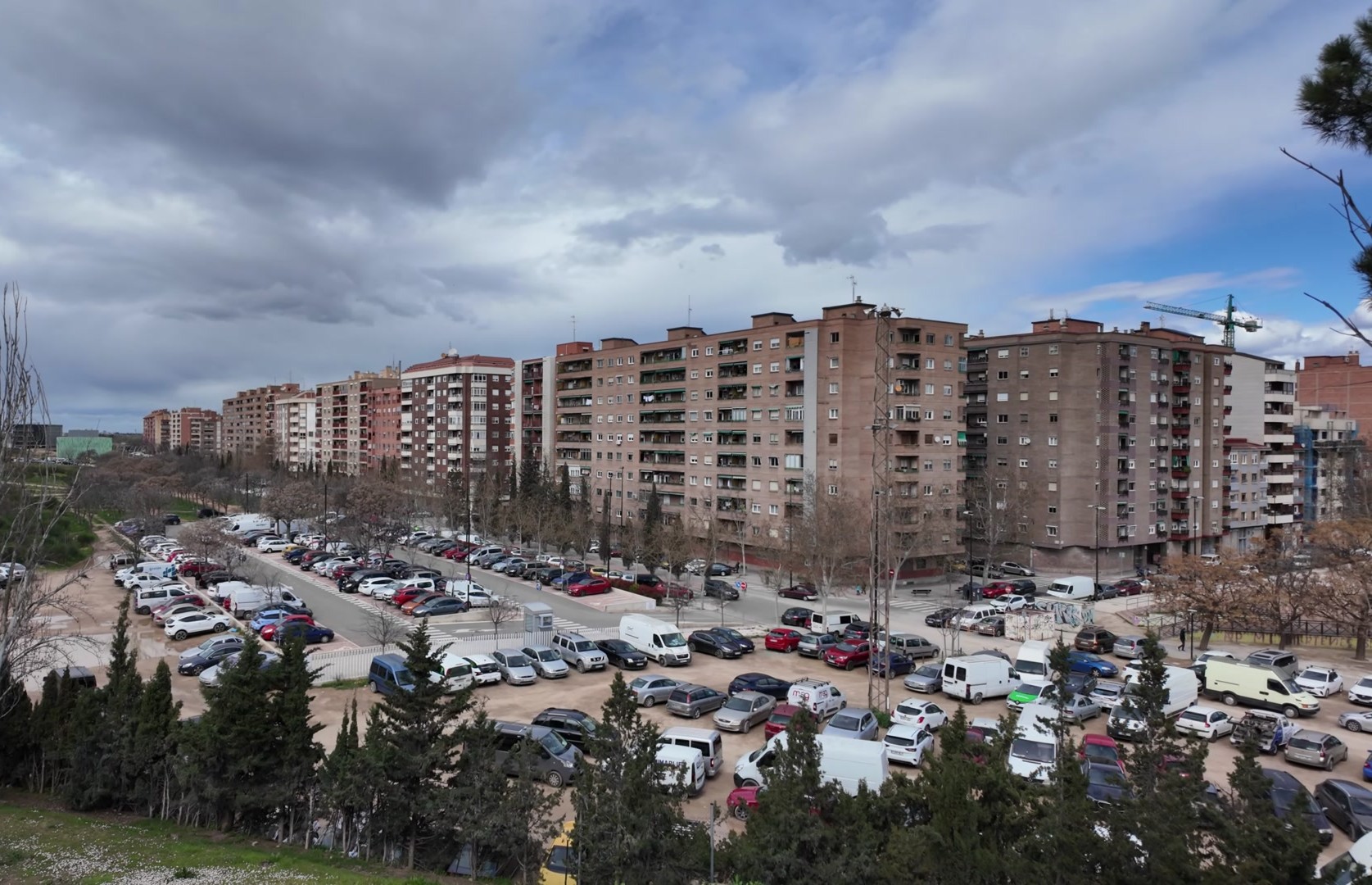





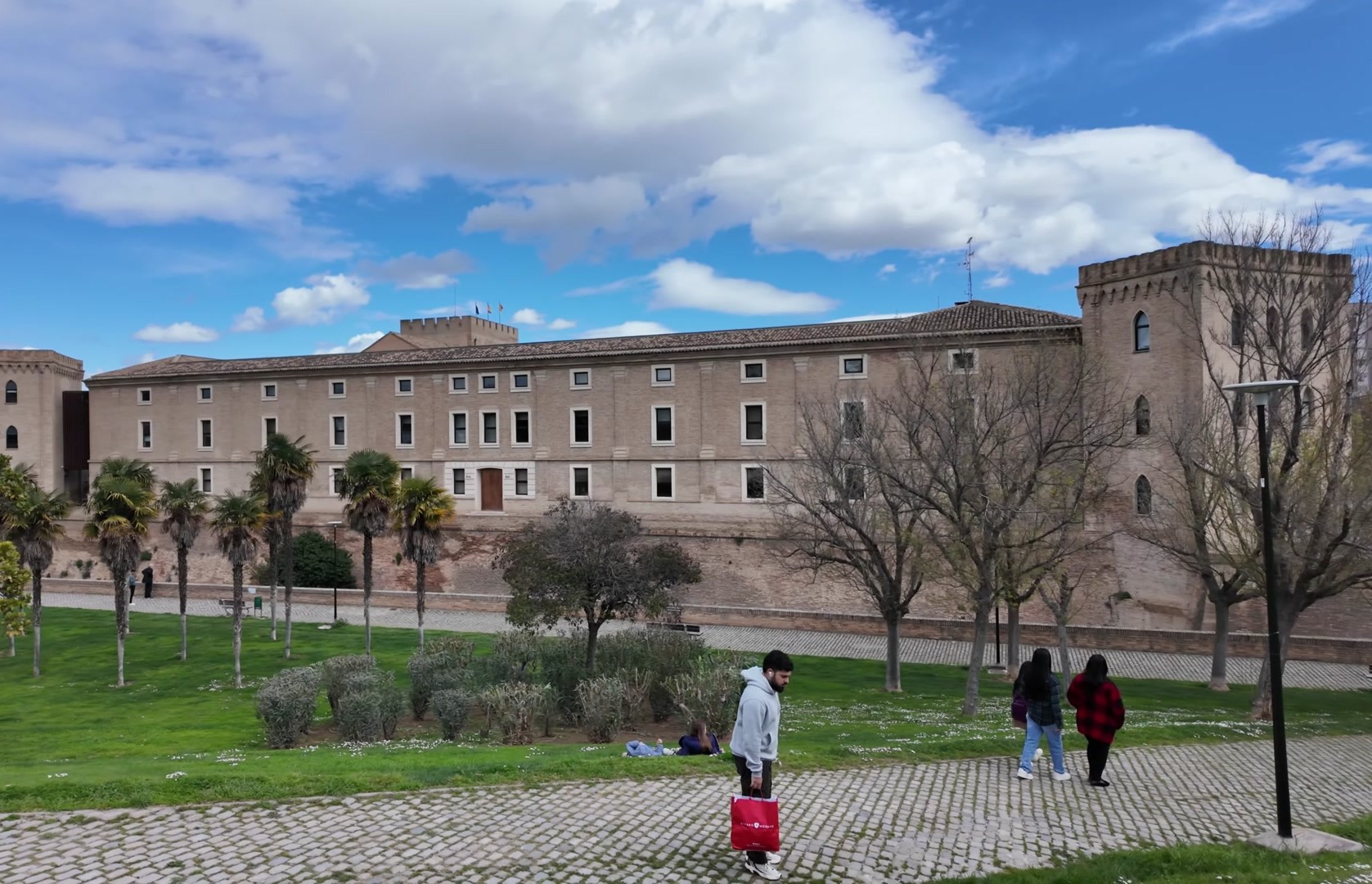








The interior isn’t wildly fascinating but there are definitely some areas worth seeing. For instance the lovely courtyard of Santa Isabel. This courtyard could be considered one of the places where unified Spain was born. That’s because King Ferdinand II of Aragon married Queen Isabella I of Castile here in the 15th century. This marriage led to the unification of Spain. That's why the courtyard is named after Saint Isabel.



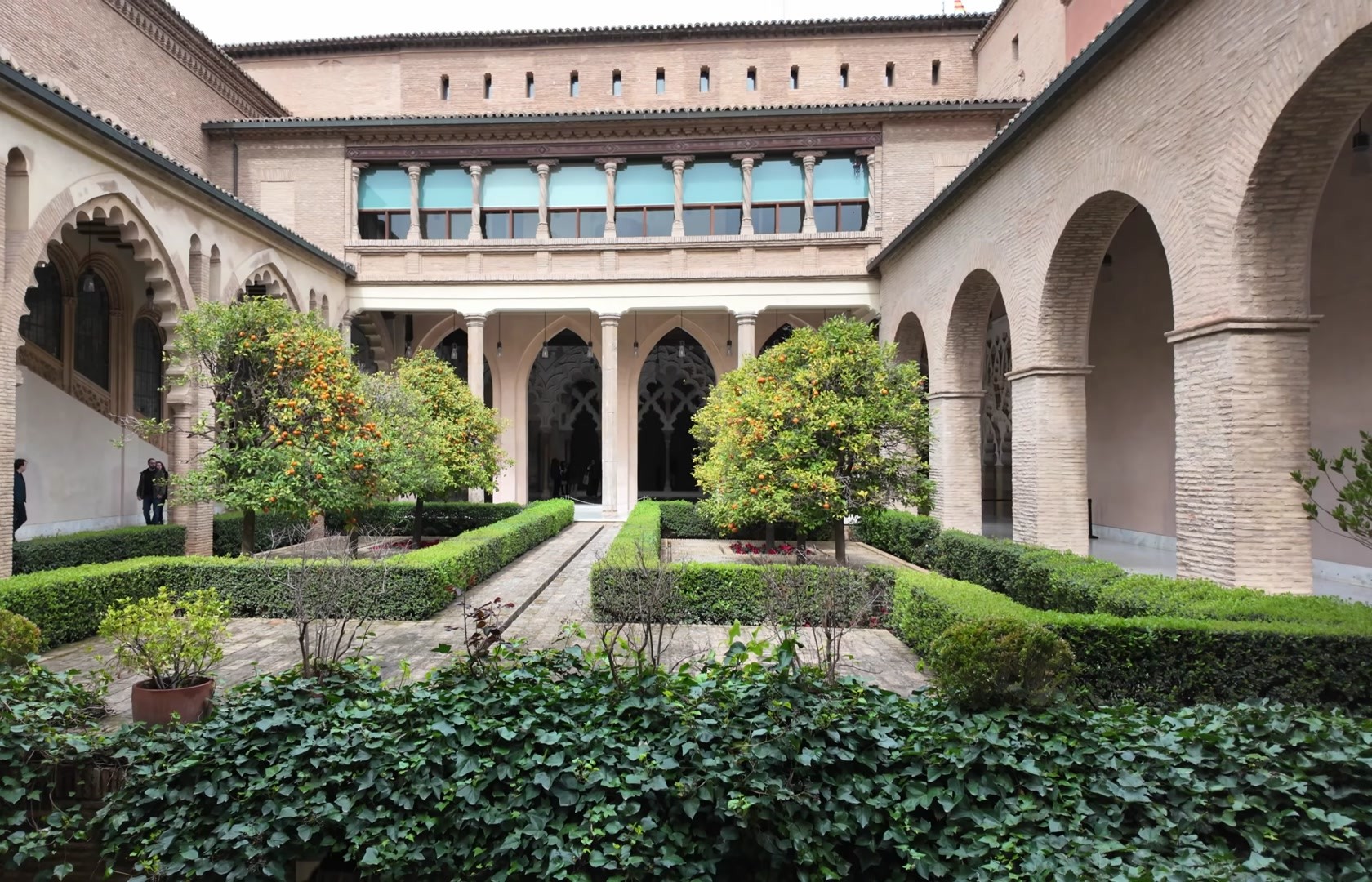
There’s also some beautiful stonework in the Mudéjar style. The most interesting features are the painted and carved wooden ceilings done in the same style. Each room has different patterns. Some are quite plain while others are incredibly intricate with typical winding motifs.

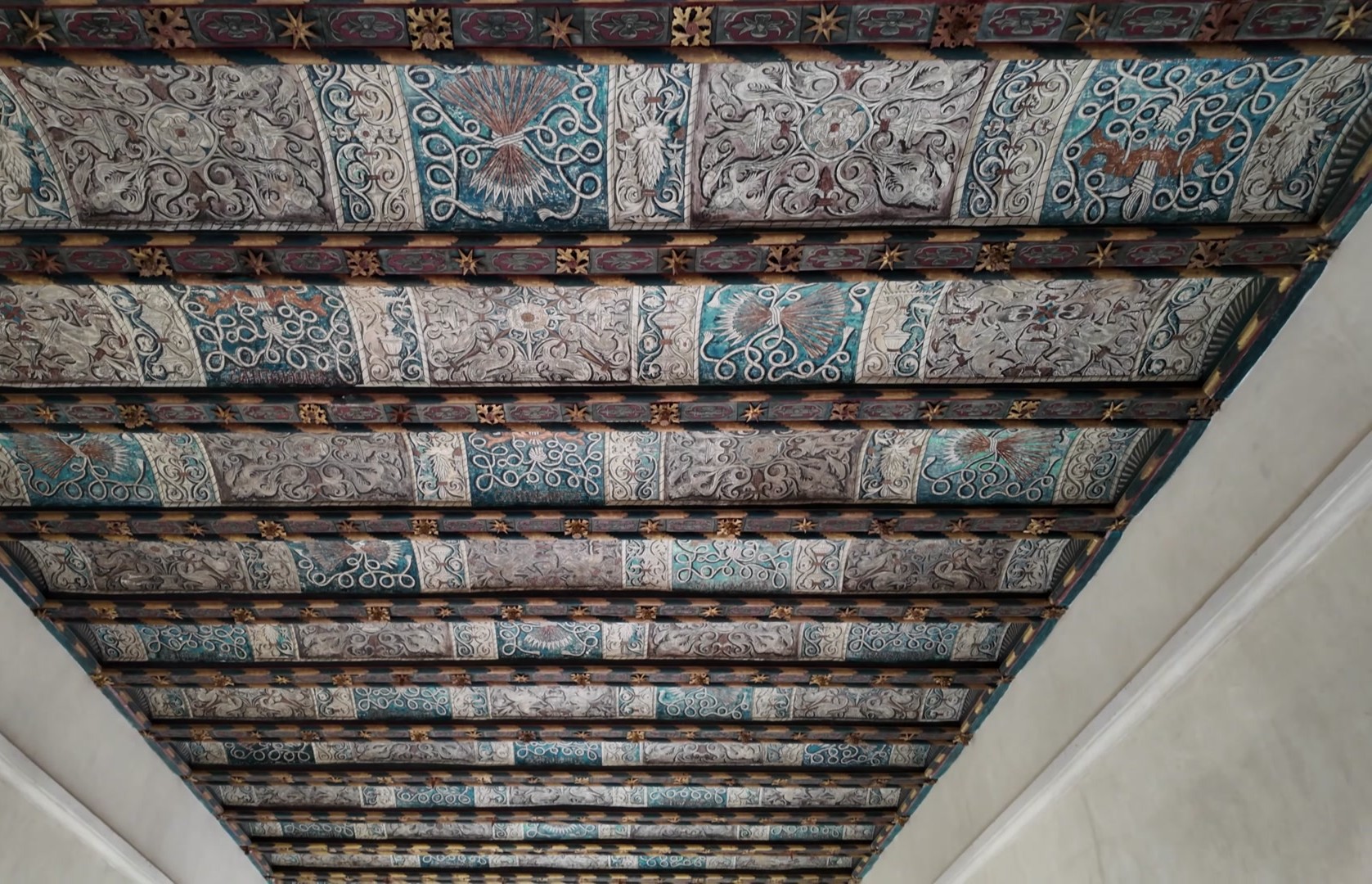

There’s a small heraldry exhibit here too including the coats of arms of Isabel and Ferdinand. There’s also a modest Goya museum. Even though the paintings aren’t very famous it’s meaningful because Goya was born and educated in Zaragoza. He painted frescoes on the walls of the city’s oldest basilica Nuestra Señora del Pilar. Works by his students are also on display.


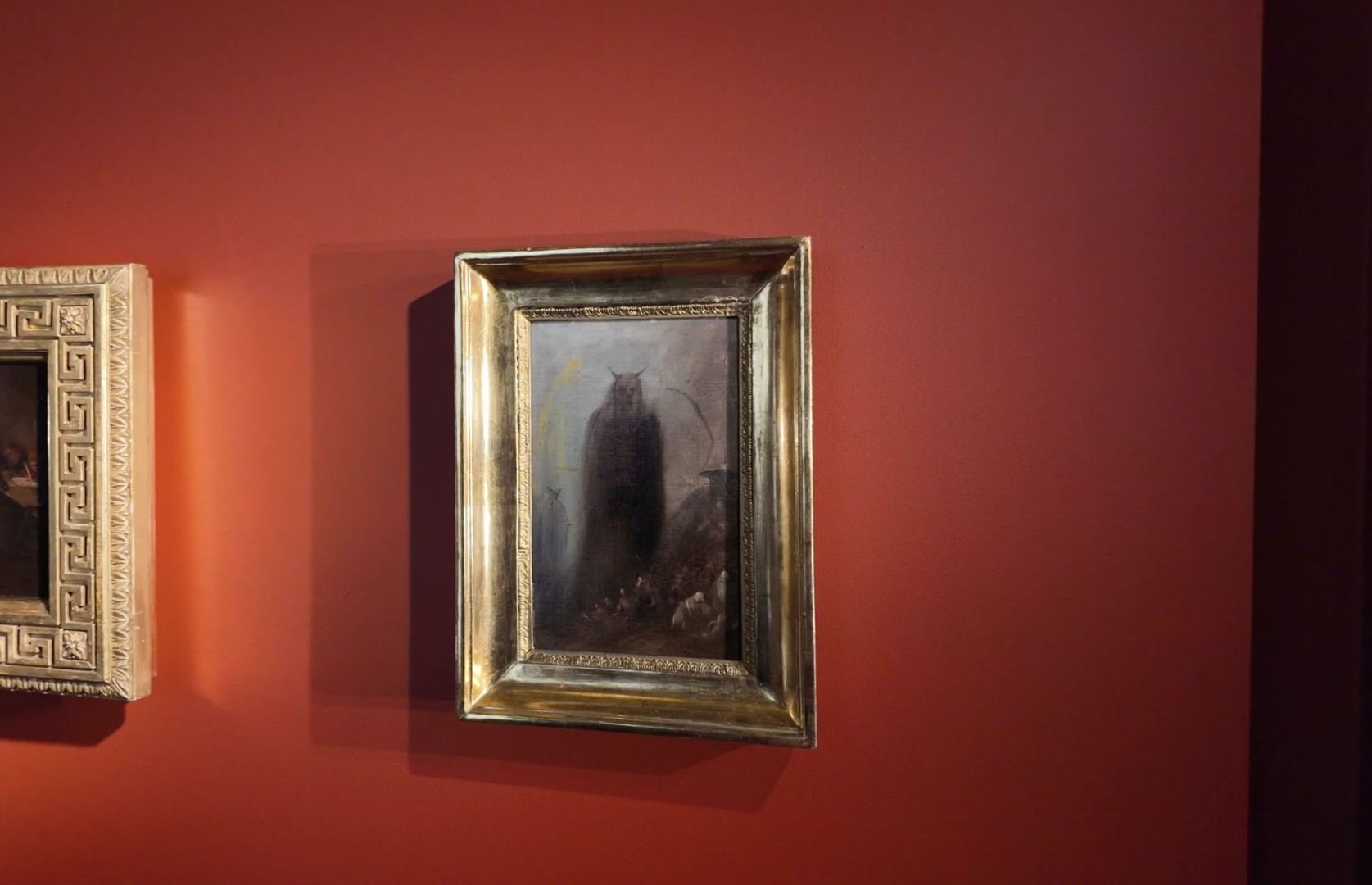



The cafeteria belonging to the parliament serves very tasty meals at quite affordable prices. It’s probably subsidised for members of parliament. After all this cultural beauty sampling Aragonese cuisine isn’t a bad idea.
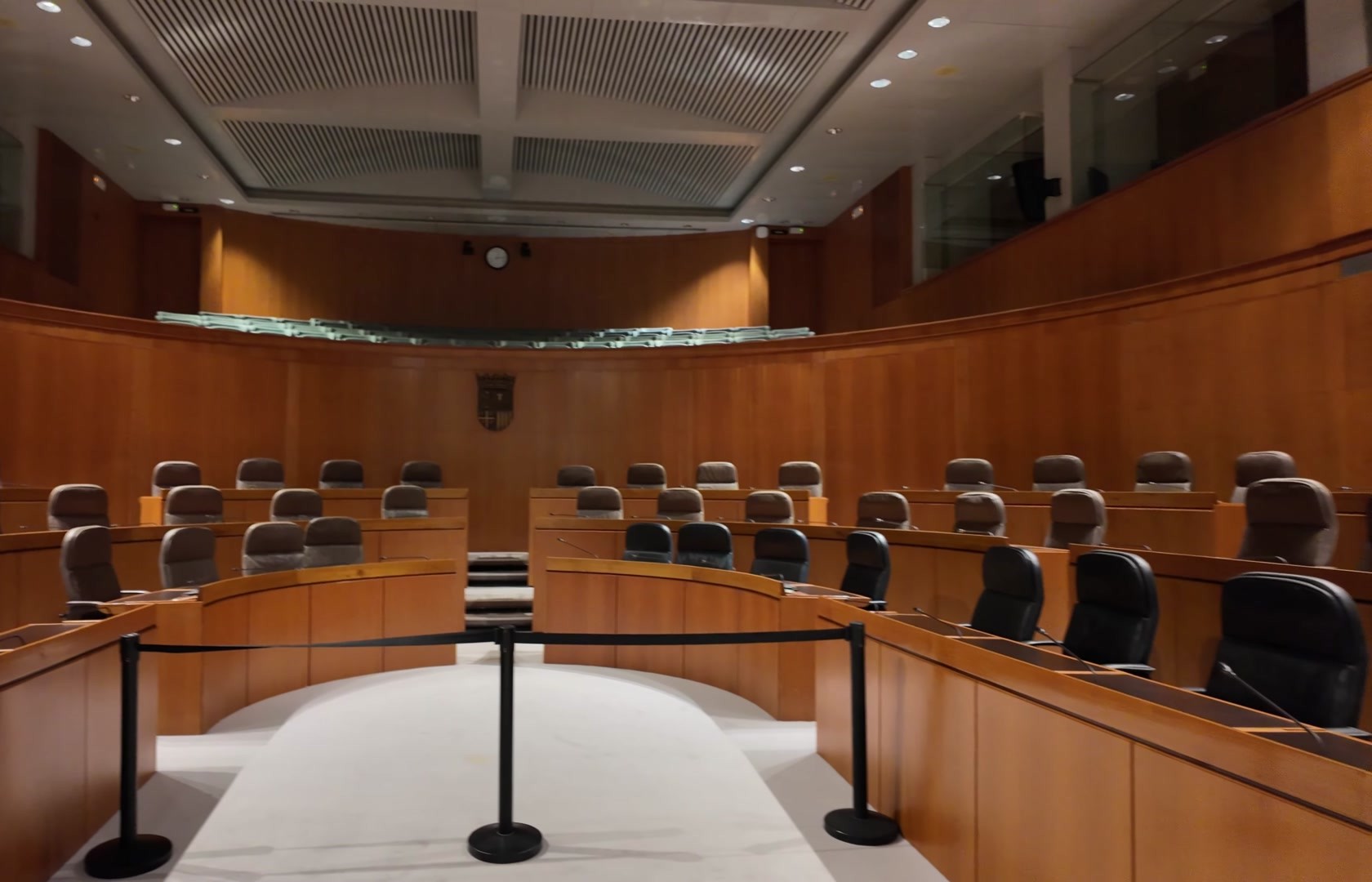
Since it’s a parliament building some areas are off-limits but you can visit the chamber where the sessions are held. It’s a fascinating place. It still smells of tobacco which means smoking was once allowed here.
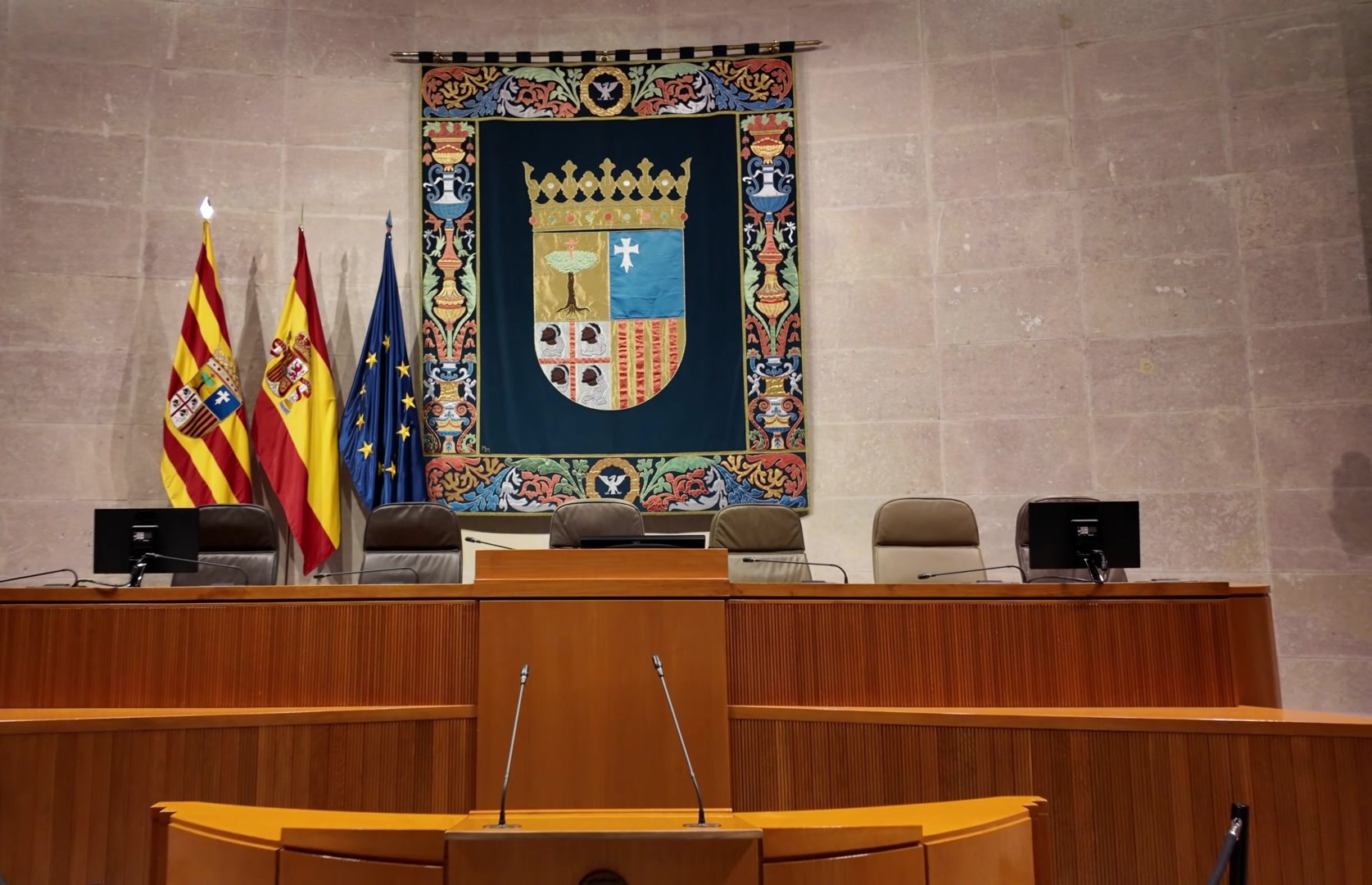
Interestingly though not with certainty the palace’s tower is called El Trovador meaning The Troubadour. The Spanish writer Antonio García Gutiérrez set his play of the same name here. Later Giuseppe Verdi turned it into his famous opera Il Trovatore. I think that’s fantastic.
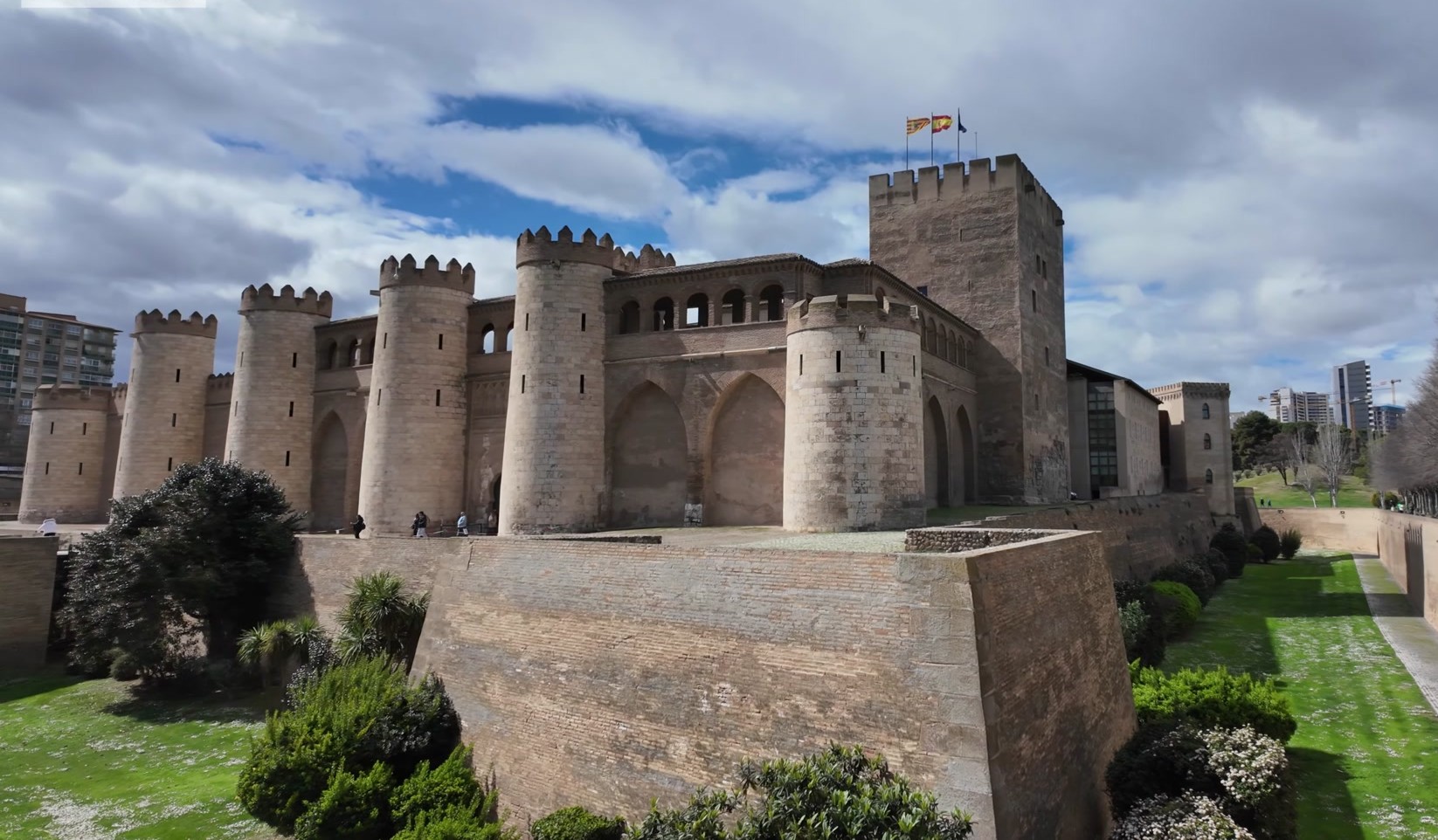
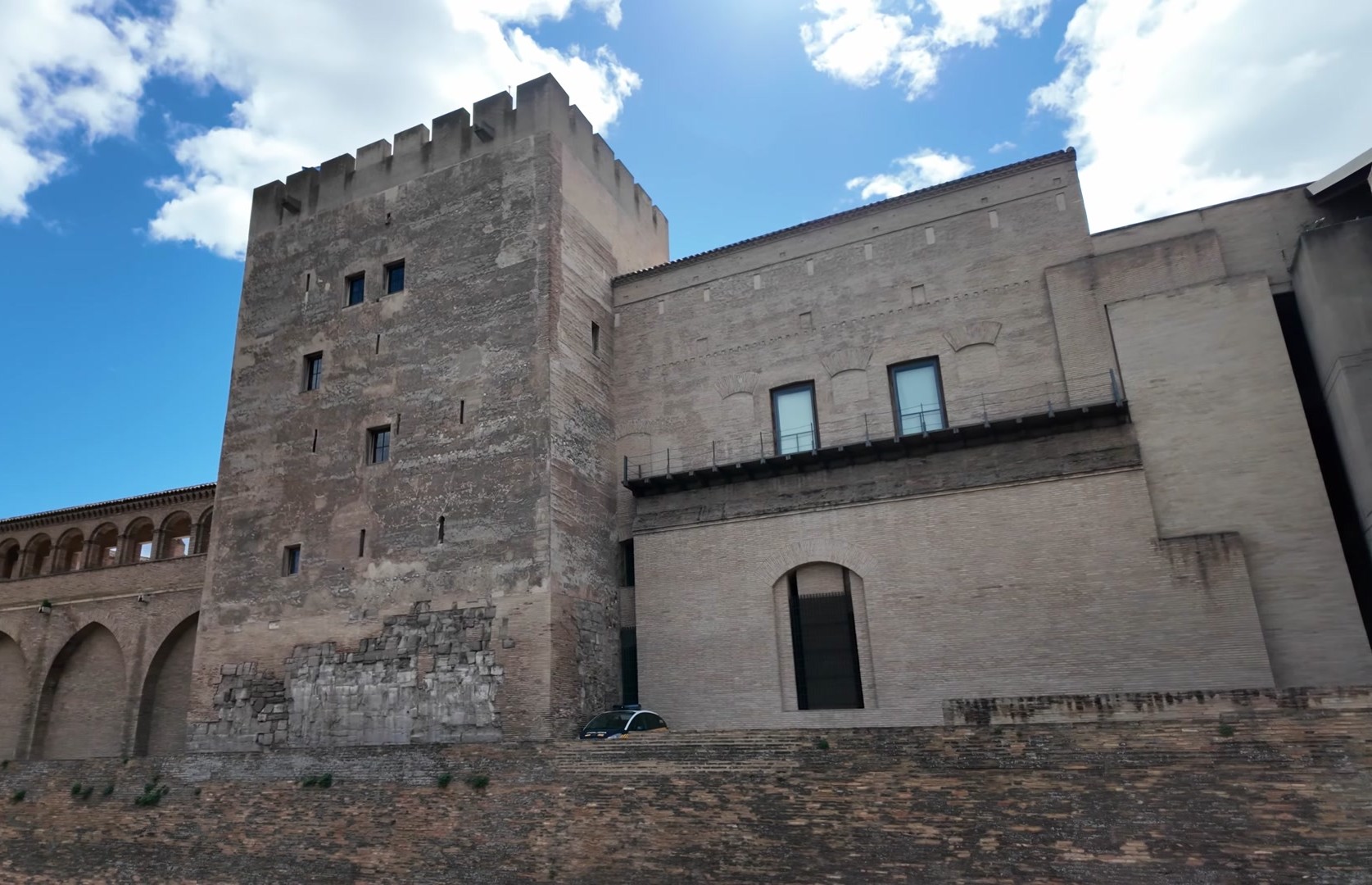
Zaragoza is located on the Ebro River. Interestingly the name of the Iberian Peninsula also comes from this river. Its Latin name was Iberus. Some sources claim the name came from a people called the Iberians but I personally prefer the Ebro version. There are beautiful bridges over the river. There’s an old one several modern ones and most notably the Third Millennium Bridge designed by architect Juan José Arenas de Pablo. Its design resembles Santiago Calatrava’s style but it’s not his. Arenas has designed many bridges across Spain. We saw one in Santander too.



Another impressive bridge is Zaha Hadid’s Bridge Pavilion built for Expo 2008. There’s a lot to say about it. I’m thinking of doing a separate post about Zaha Hadid’s architecture.




Later we arrived at the square of Nuestra Señora del Pilar. It’s probably dedicated to the city’s patron saint. The main buildings here are the basilica the La Seo Cathedral where the kings of Aragon were crowned and the Museum of the Augustus Forum. The city’s name Zaragoza actually comes from Augustus. According to legend Roman legions set up camp on the riverbank and called it camp of Caesar Augustus. Locals misheard the name as Saragosa which eventually evolved into Zaragoza.


First a mosque was built where the forum stands today then a cathedral. While the cathedral may not look impressive from the outside the interior is really striking. Each chapel is richly decorated and almost feels like a separate church. There’s a choir area in the centre surrounded by small chapels. The most impressive part is the main altar made entirely of silver and an iconostasis decorated with carved low-relief panels.


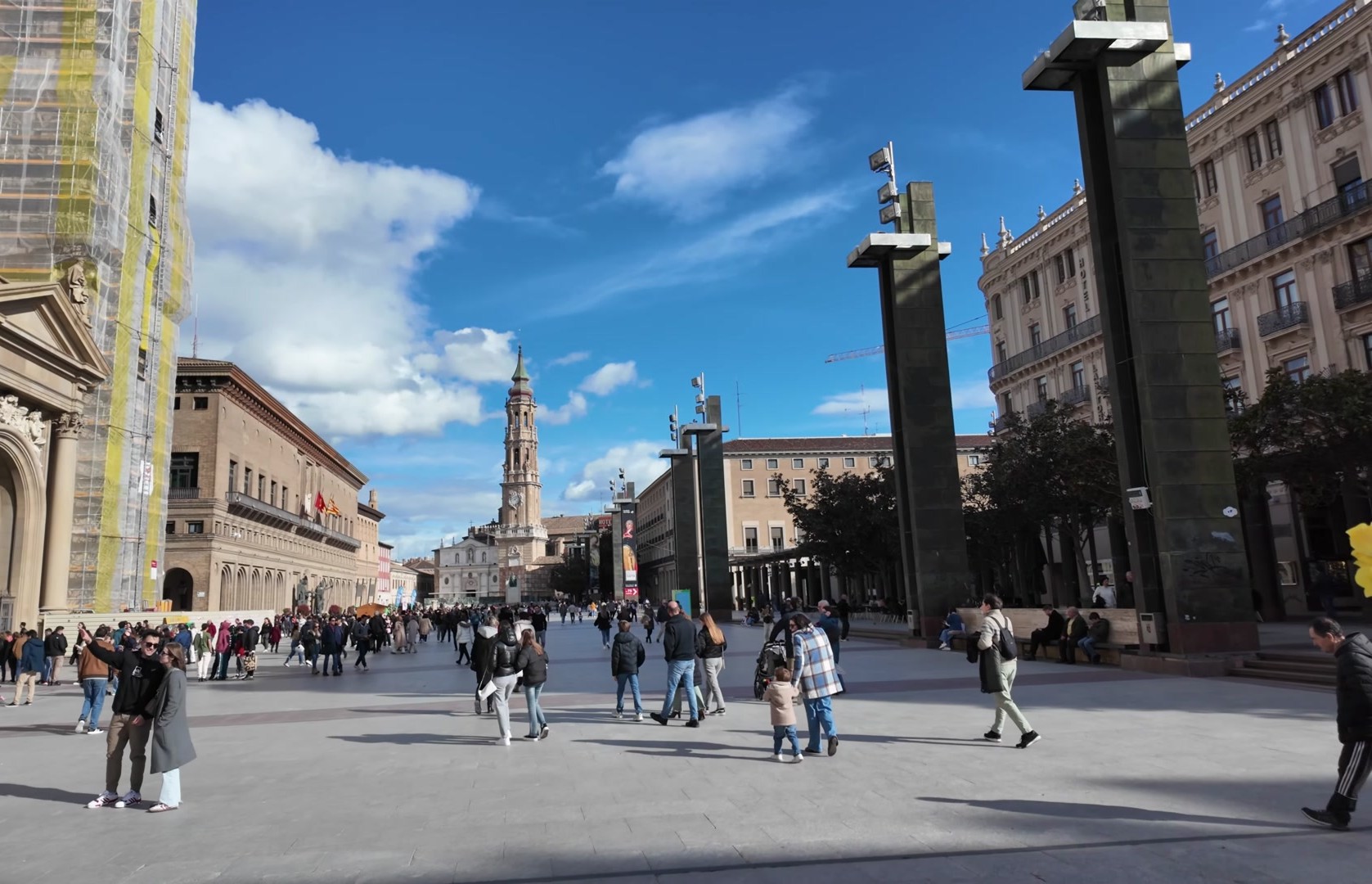
In a section called the capitula there are elegant painted majolica floor tiles. The Tapestry Museum is also quite interesting. Though the tapestries are not Spanish but Flemish they are relevant because the Flemish region was once under Spanish rule. Figures like Philip II governed that region. You can understand this connection better by visiting the El Escorial section.


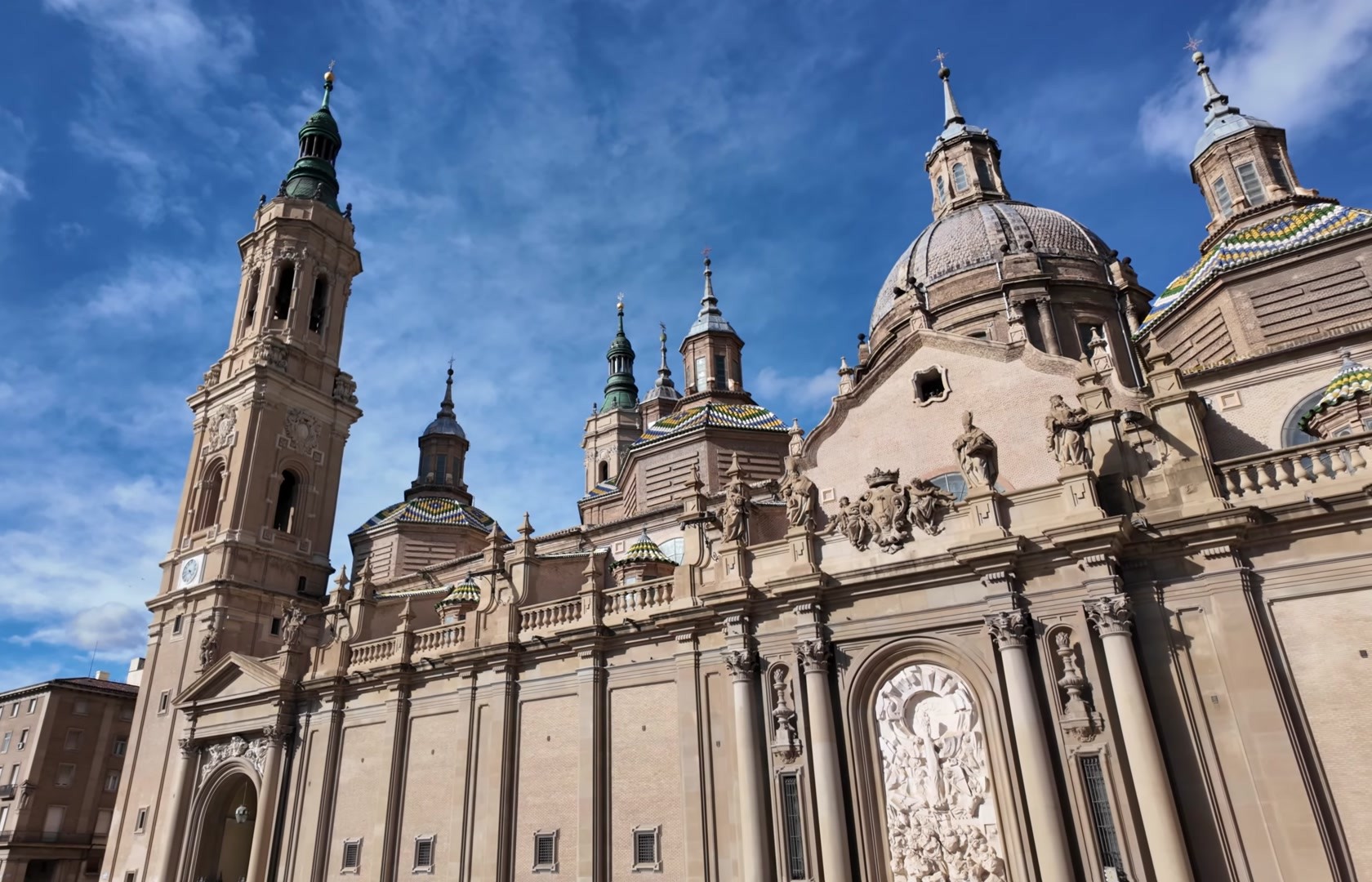
In short the La Seo Cathedral is a must-see in Zaragoza. However this time we didn’t enter the Nuestra Señora del Pilar Basilica because there was a long queue and our train was approaching. Construction of the basilica began in 1681 and was completed in the 20th century. It has four corner towers and 11 domes. The ceramic tiles are striking. Some people say they reflect the colours of the Brazilian flag but I don’t agree with that.


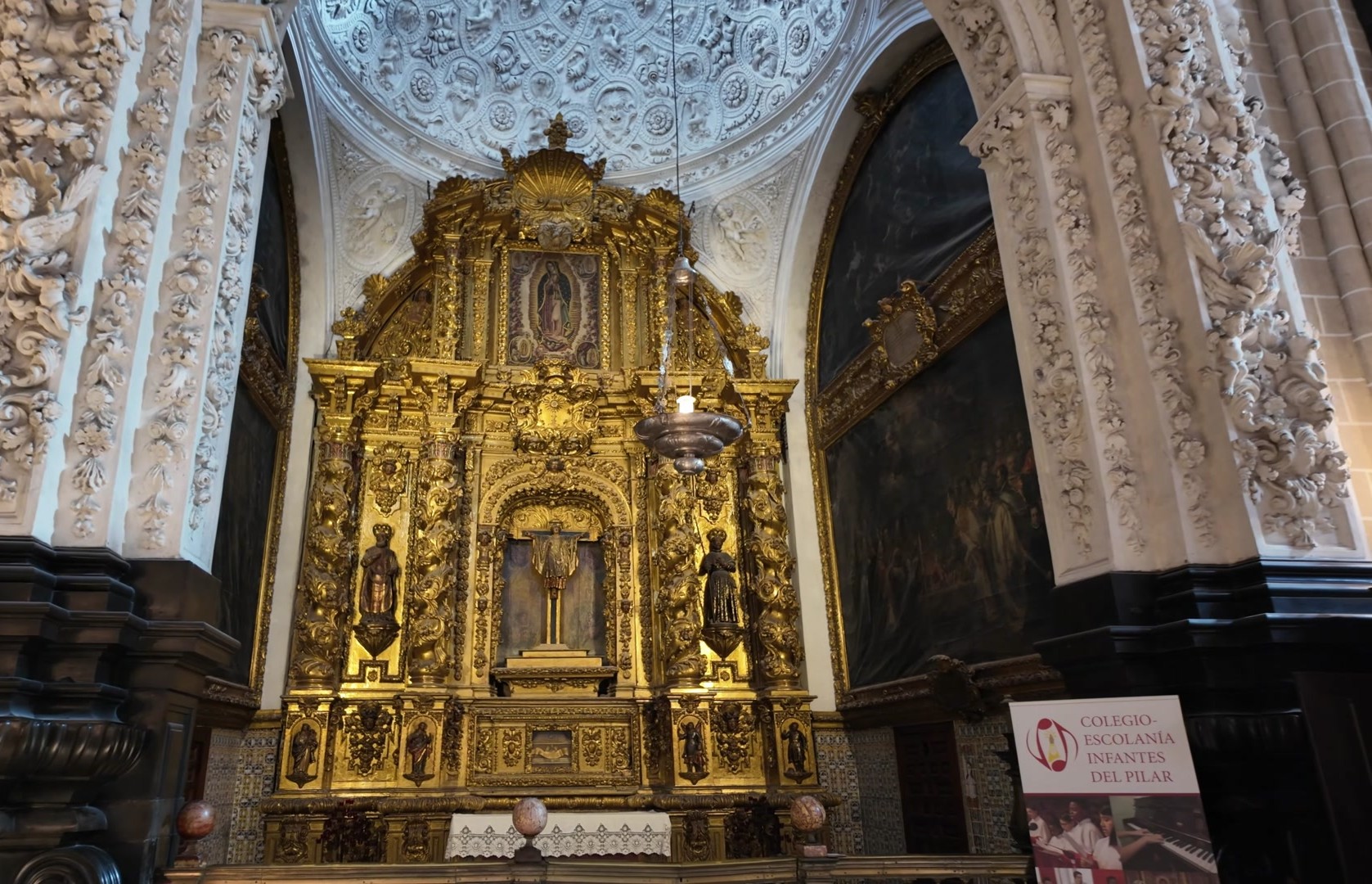

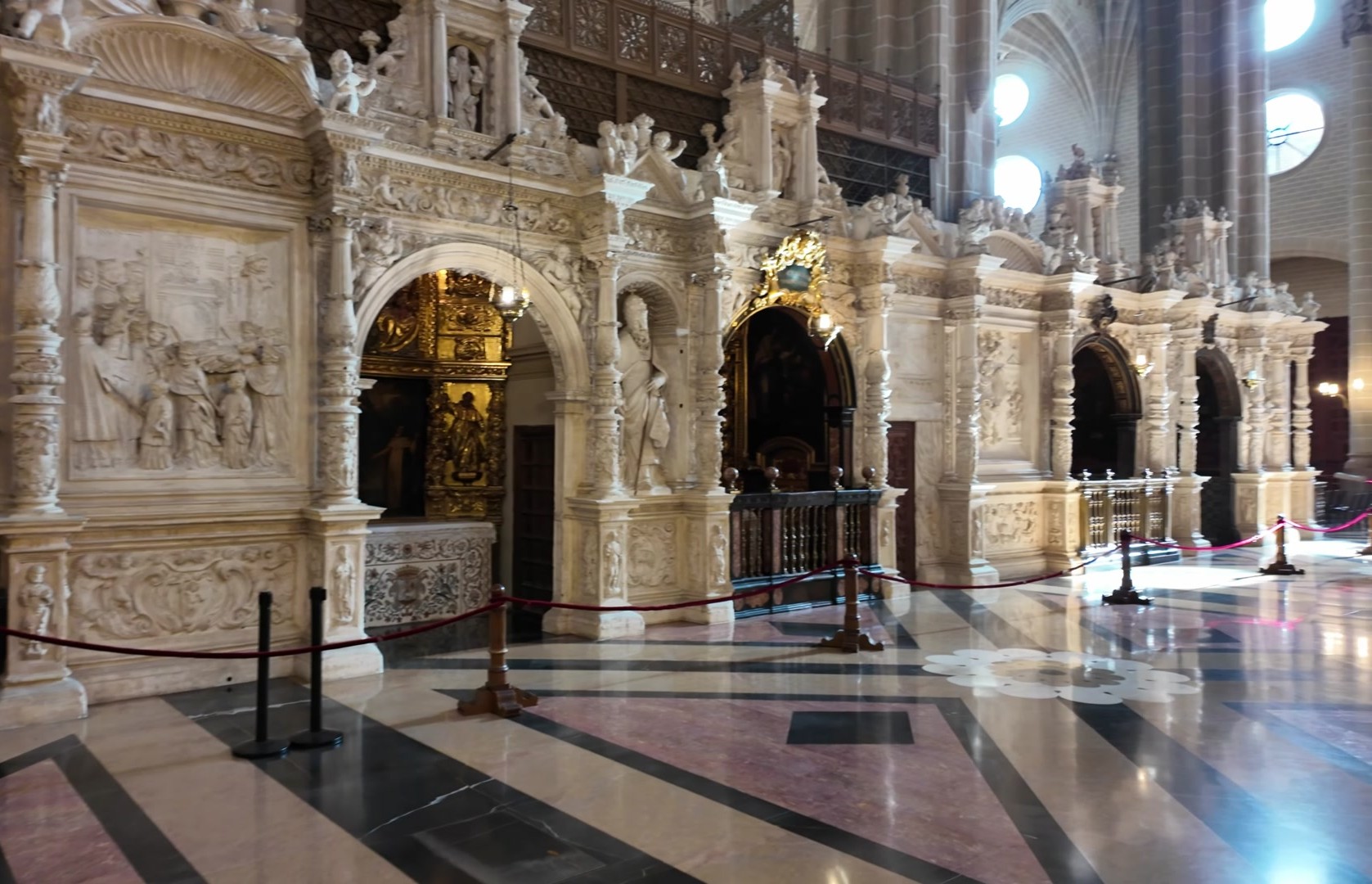














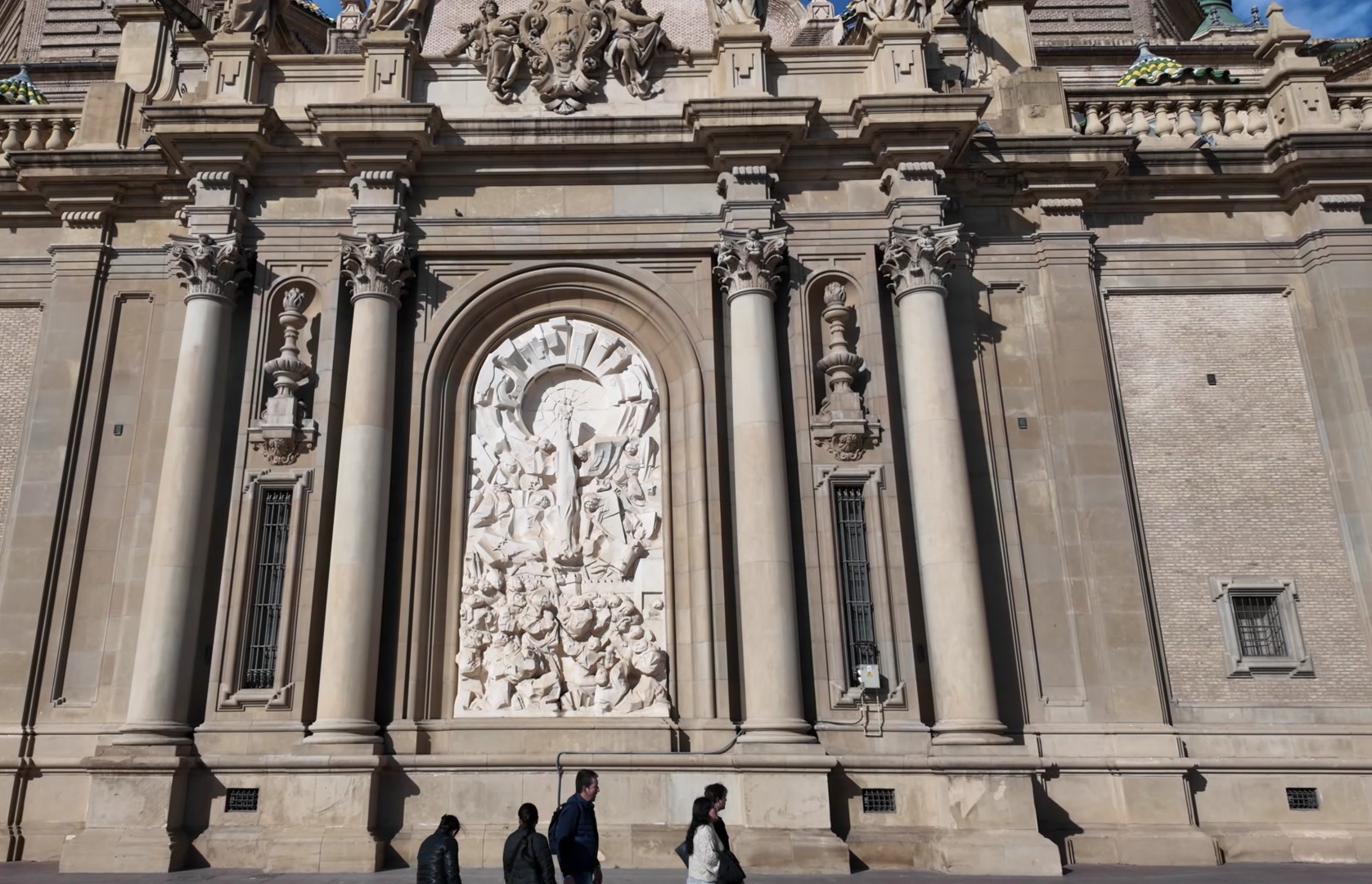
According to legend the Virgin Mary appeared to Saint James here in the year 40. The event was commemorated only 16 centuries later with the construction of the basilica. Inside there is a small jade statue said to have been a gift from Mary to James.
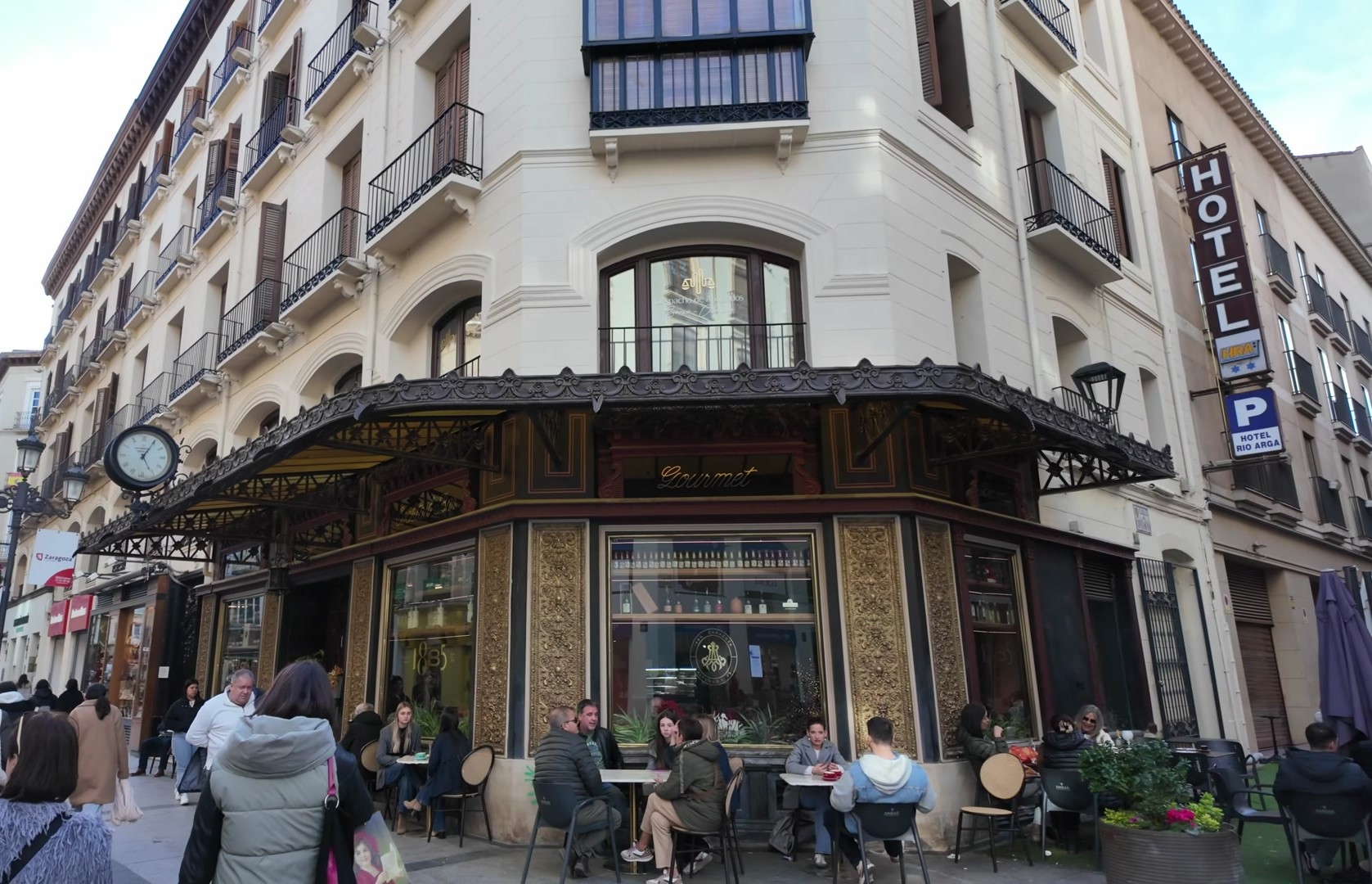
After the basilica and the square we entered the historical district: the Tubo Quarter. There are small shops and restaurants here but it’s not particularly charming. We’ve seen more delightful places. I have mixed feelings about Zaragoza overall. In fact let me explain why we came. It was raining in Madrid. We were looking for a place with better weather just an hour away and this was it.

At least we avoided the rain. And to leave Zaragoza with a pleasant impression I decided to visit Zaha Hadid’s Bridge Pavilion one last time. It was designed for Expo 2008 and consists of three legs that were mounted later. Hadid took inspiration from the gladiolus flower. Its surface is made of reflective scales that shimmer in the sunlight. The structure is still used as an exhibition space. The theme is mobility with displays on bicycles cars and even drones that can carry people.
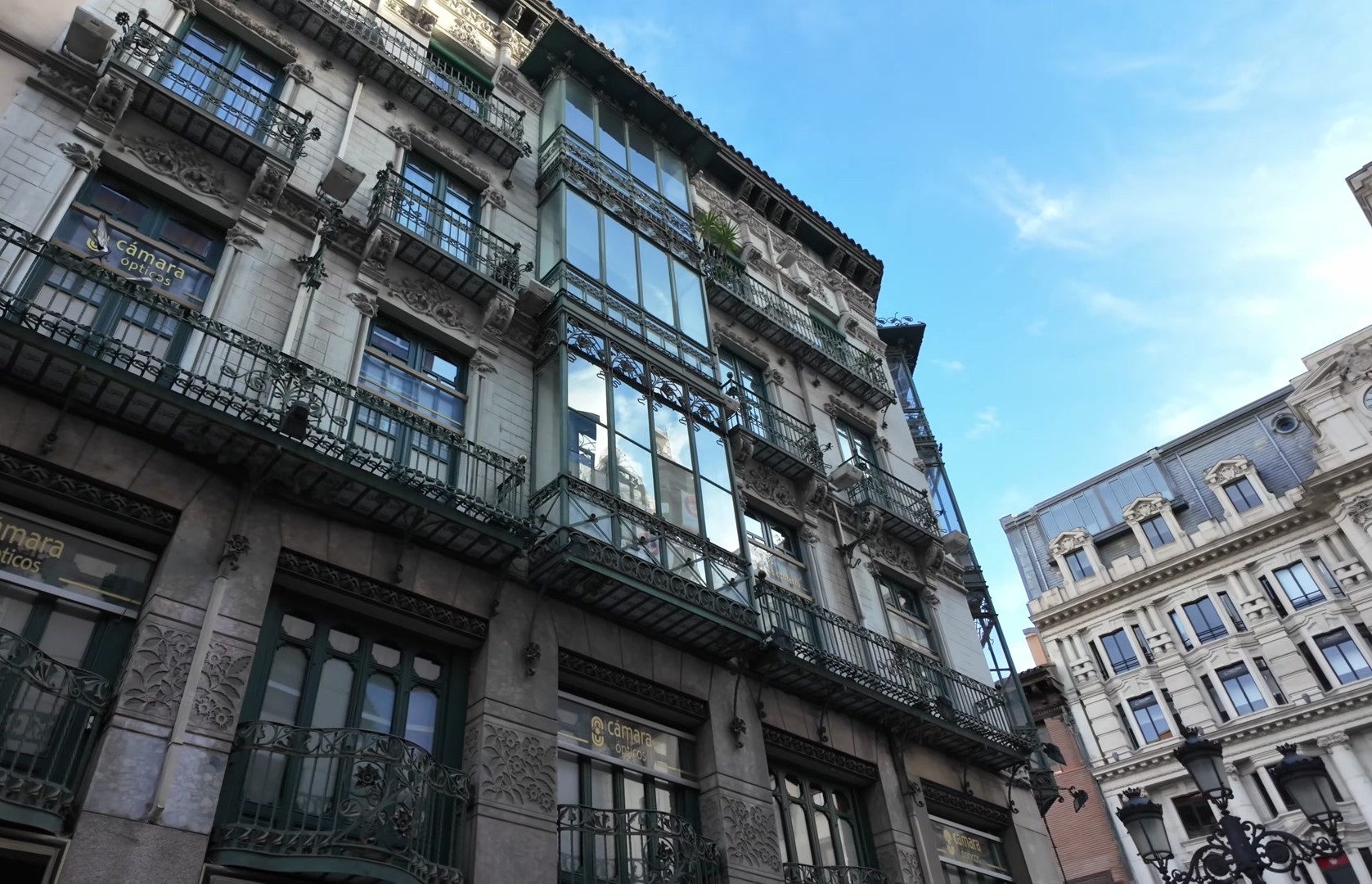
But I have to say Zaha Hadid’s architecture provides a stunning backdrop for this exhibition. It’s definitely worth sharing this beauty.
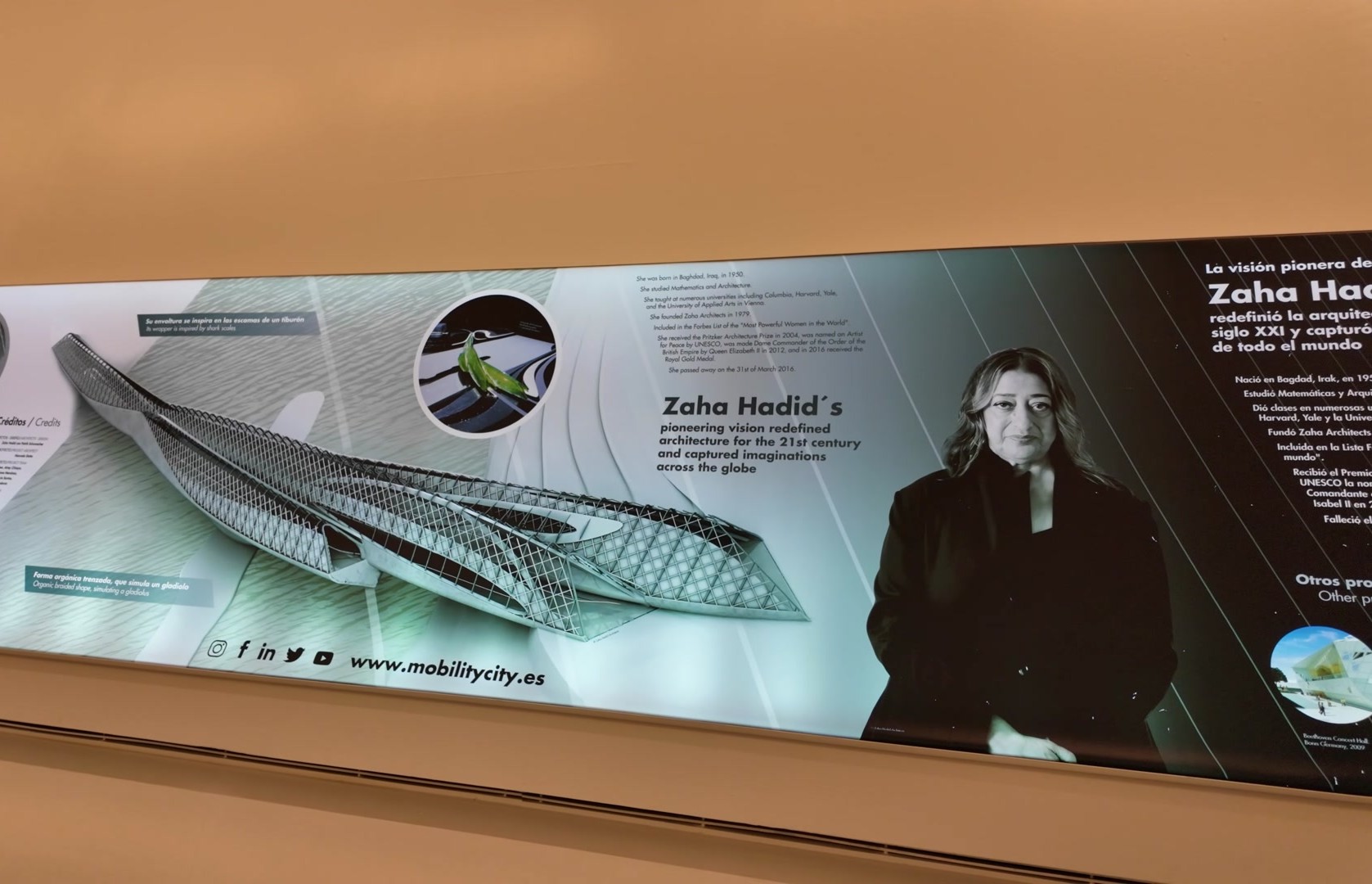



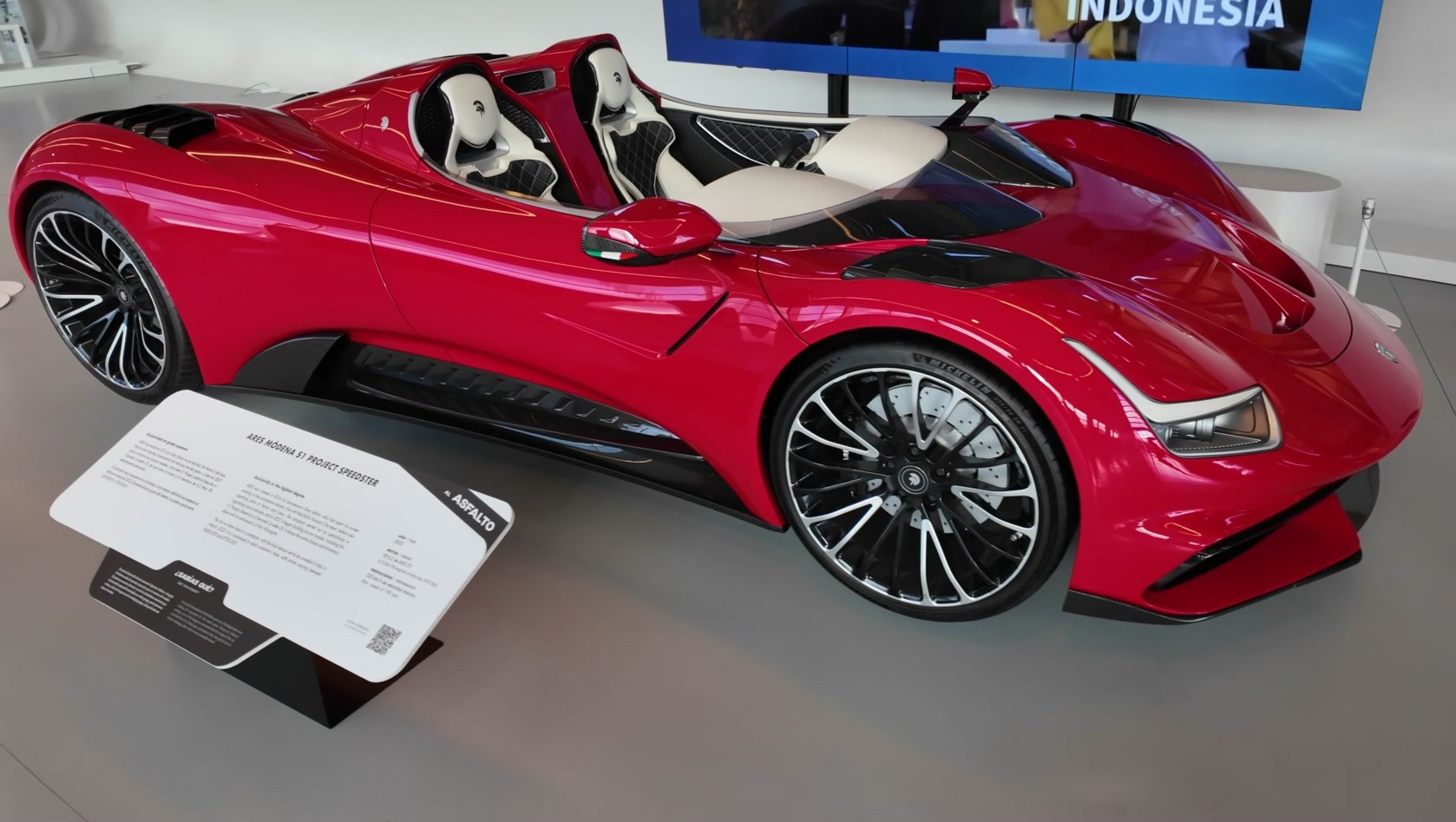
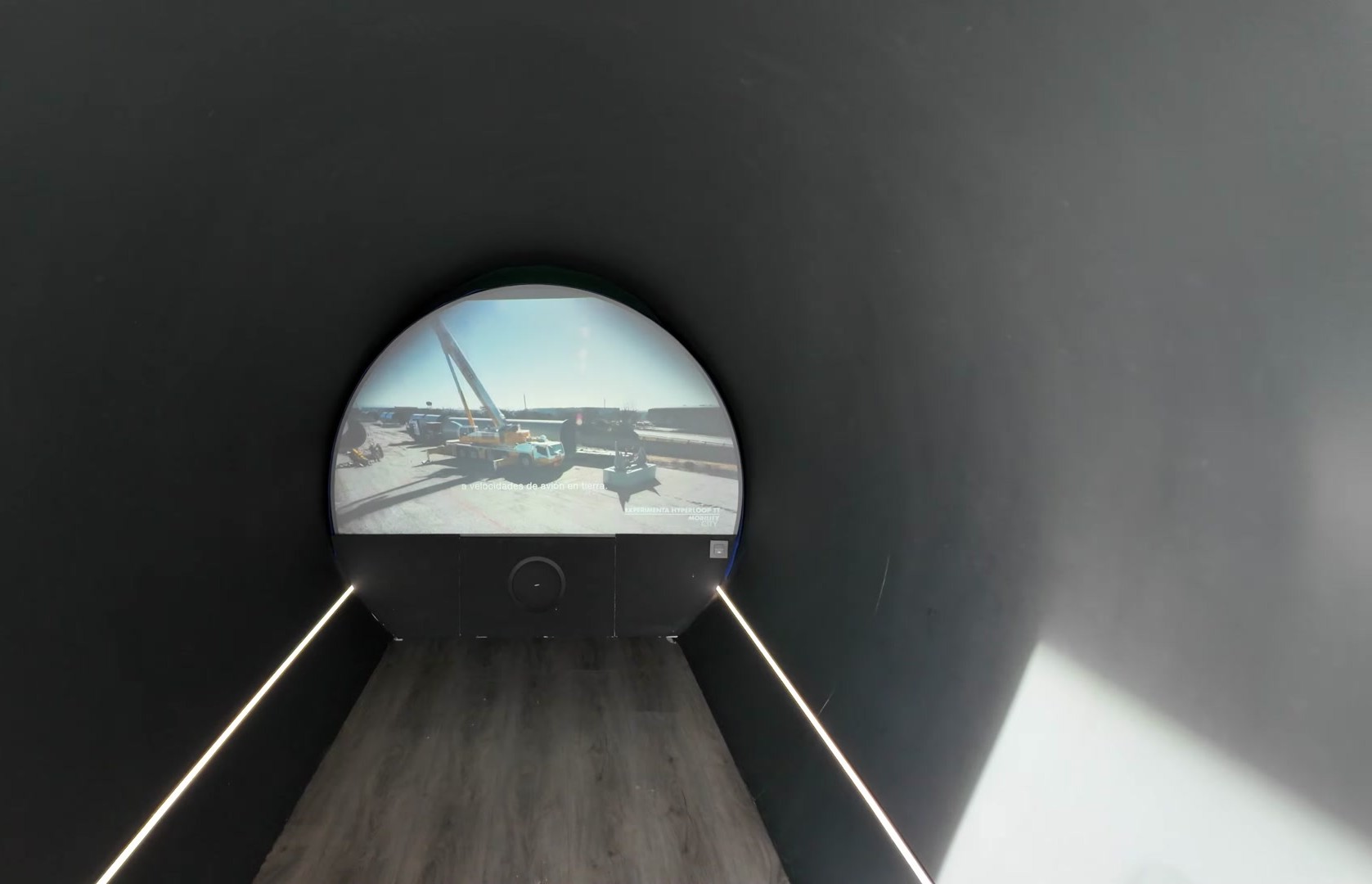
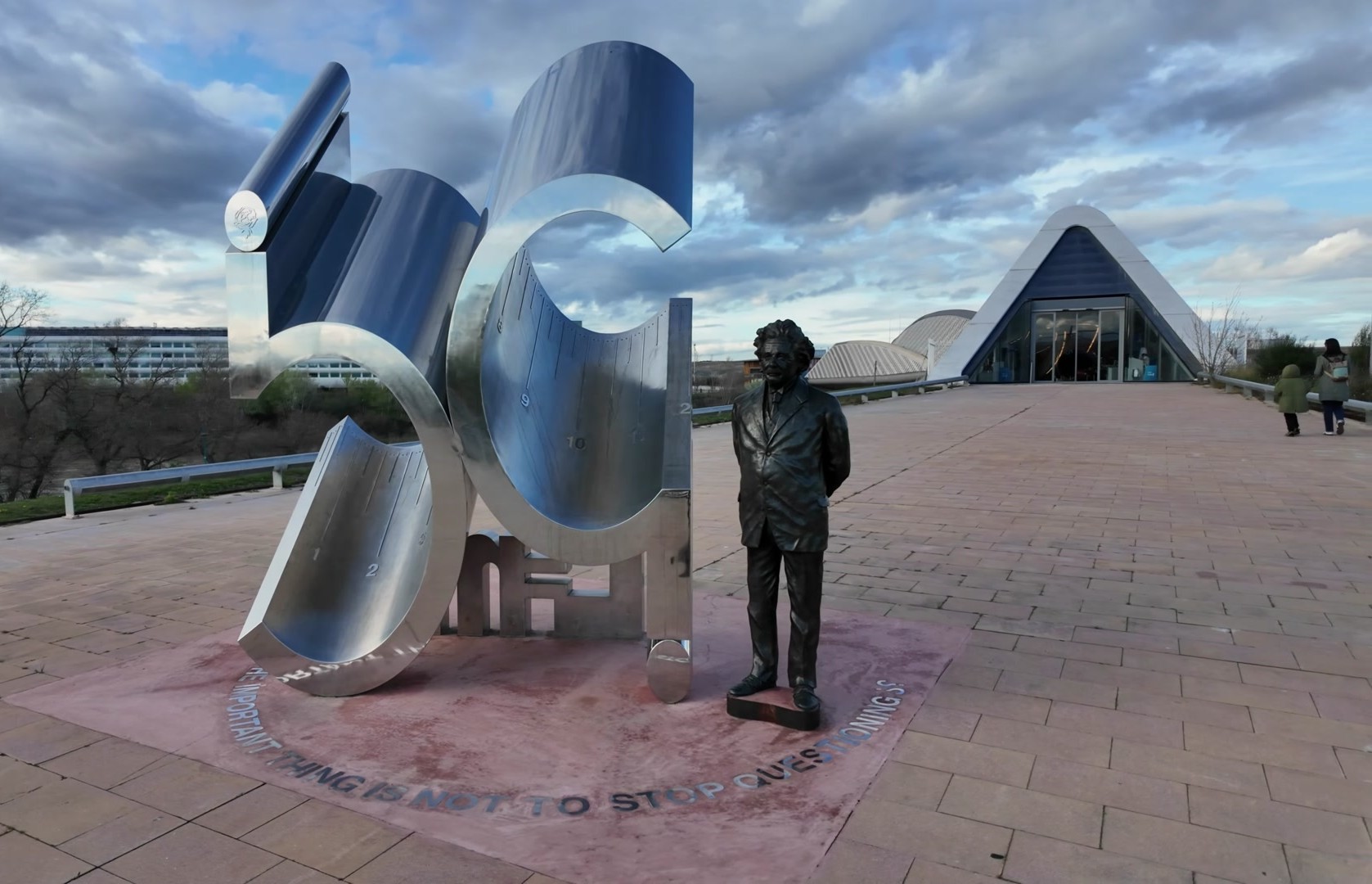

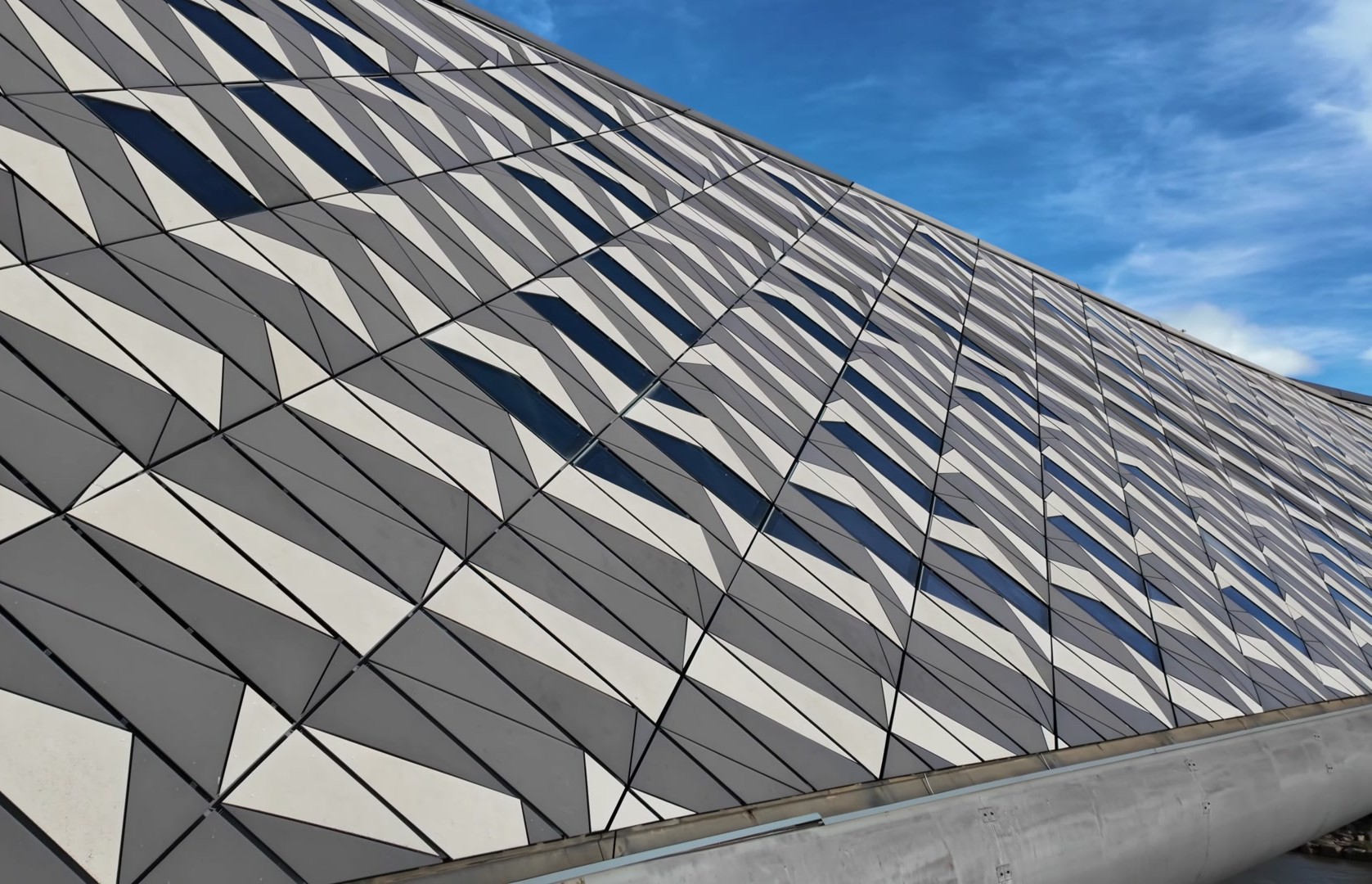

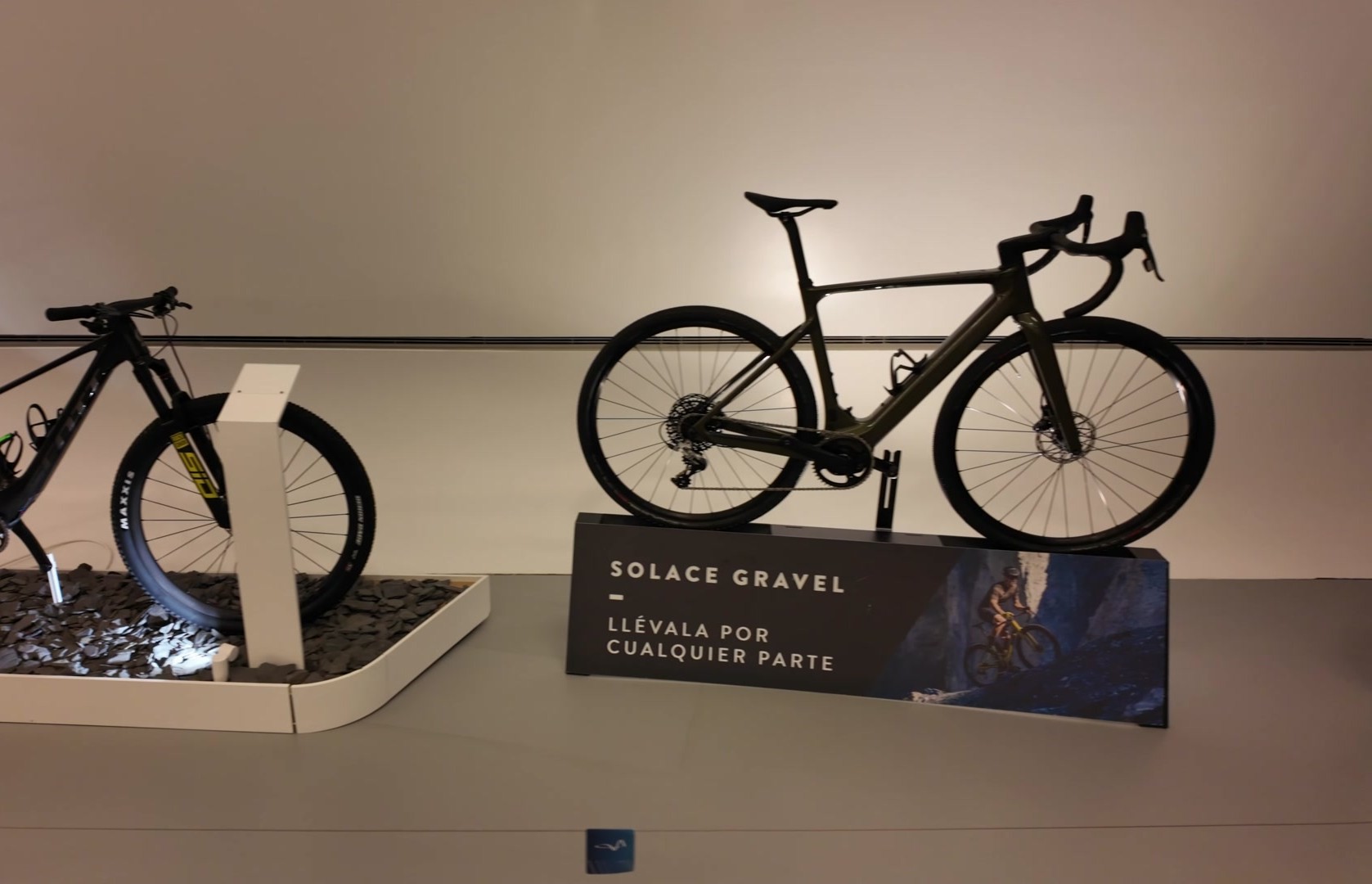
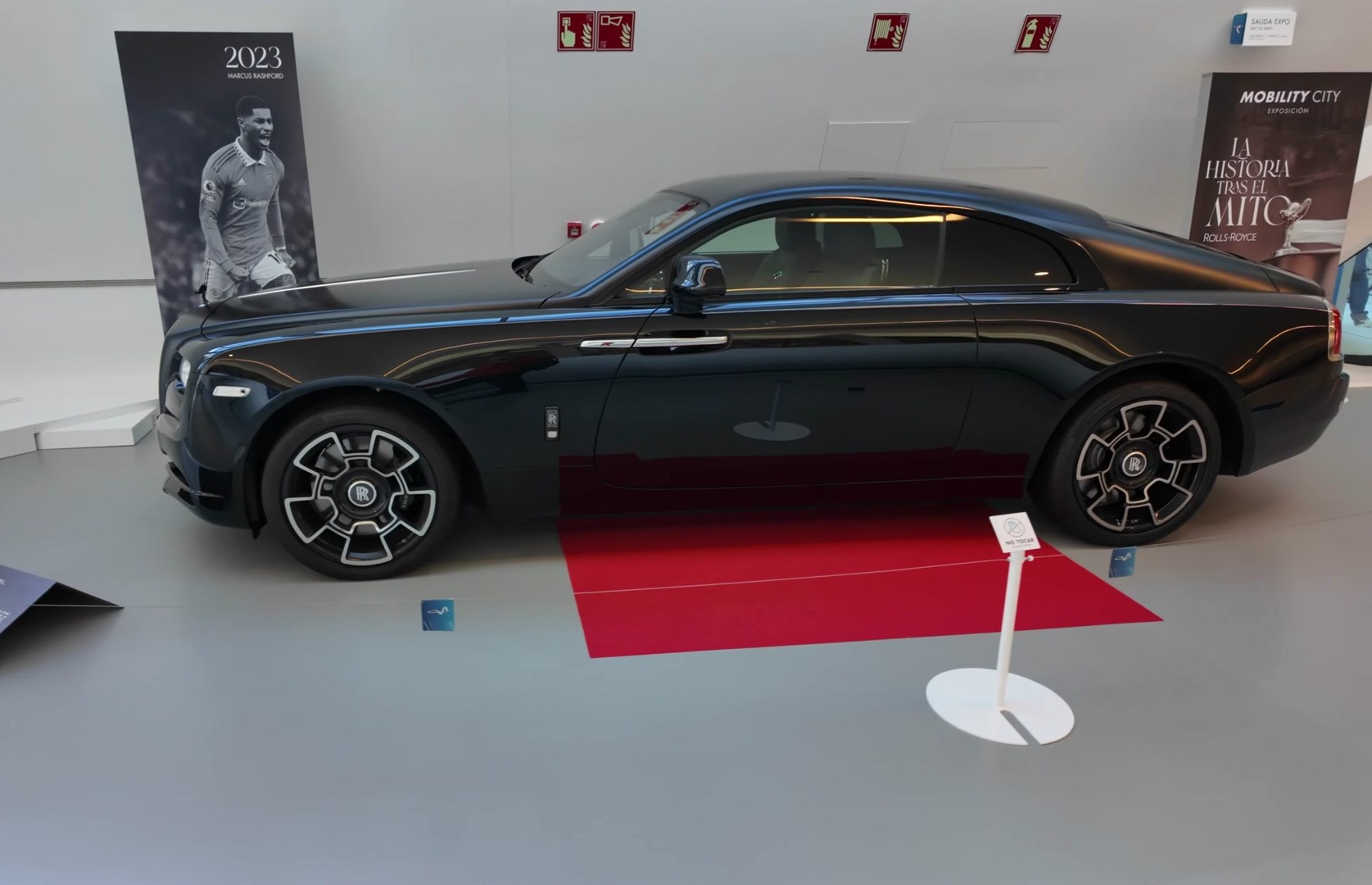

Zaragoza might not be a classic tourist city but it is lively and real. After visiting other big cities I recommend seeing this one too.

See you on the next trip.
You can check out this post and your own profile on the map. Be part of the Worldmappin Community and join our Discord Channel to get in touch with other travelers, ask questions or just be updated on our latest features.
Wow! Thanks for sharing your trip to Zaragoza! It's amazing to learn about history of the Aljaferia Palace and how it was part of both Muslim and Christian rule. This post made me want to visit Zaragoza one dsy.
I'm glad you found it interesting. Zaragoza has such a rich history, especially at the Aljafería Palace. It really is a hidden gem worth visiting ✨
Hiya, @glecerioberto here, just swinging by to let you know that this post made it into our Honorable Mentions in Travel Digest #2601.
Your post has been manually curated by the @worldmappin team. If you like what we're doing, please drop by to check out all the rest of today's great posts and consider supporting other authors like yourself and us so we can keep the project going!
Become part of our travel community:
thank you so much 🥰
You are very welcome @larissalugo! it was well deserved. ☀️
We are already looking forward to reading more about your adventures!
Like you said, the surrounding buildings spoil the charm of the castle a bit.. but it's still a stunning view.
Thanks for making this thorough post. Greetings from Italy 😉
Thank you for your kind words 😊 You're right, the view could be better without the modern buildings, but the Aljafería still shines through. Glad you enjoyed the post.